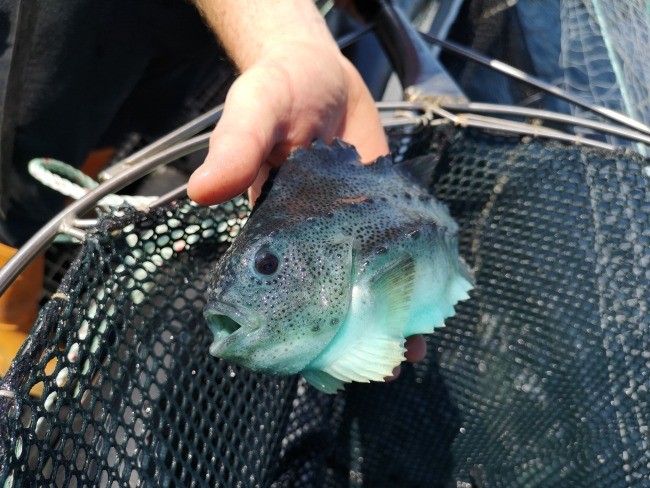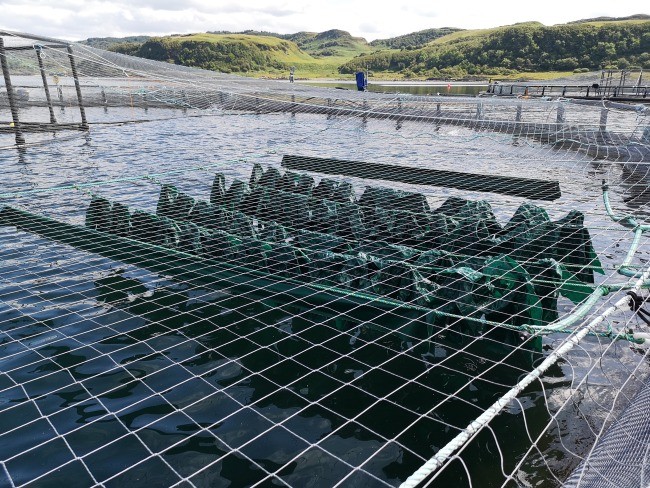What are they?
Cleaner fish are species of marine fish native to UK coastal waters. The six species used in salmon aquaculture are lumpfish and five types of wrasse; Ballan, Goldsinney, Rock cook, Corkwing and Cuckoo.
Why are they used?
First introduced into Scottish salmon farming in the 1990s cleaner fish are a biological control that helps to gently clean the salmon’s skin. The cohabitation of cleaner fish and salmon is mutually beneficial as the cleaner fish get a tasty meal and the salmon are cleaned of the naturally occurring wild sea lice.
Where do they come from?
All lumpfish used in Scottish salmon farming are farm reared. The sector currently sources most wrasse from wild fisheries but in recent years has invested millions in specialised cleaner fish breeding and husbandry programmes.
Is it sustainable?
In order to protect the wild fishery and ensure it remains sustainable the industry has created voluntary measures to monitor and preserve wild population levels to ensure a viable fishery is maintained. In 2018 53% of wrasse caught were safely returned to the water to avoid juvenile or mature breeding fish being taken.
A closed season for wrasse fishing between 1st December to 1st May allows stocks to recover and for breeding to occur.
How are they cared for?
As with Scottish salmon the only way to get the best out of cleaner fish is to make sure they are fit and healthy. Special feeds have been created to ensure that the nutritional needs of cleaner fish are met when there aren’t enough sea lice left to go around.
In order to keep cleaner fish safe and happy, all SSPO members have invested in enrichment, this takes the form of special hides that the cleaner fish can take shelter in. In addition, all members now have staff dedicated to maintaining the health and welfare of the cleaner fish on site.


